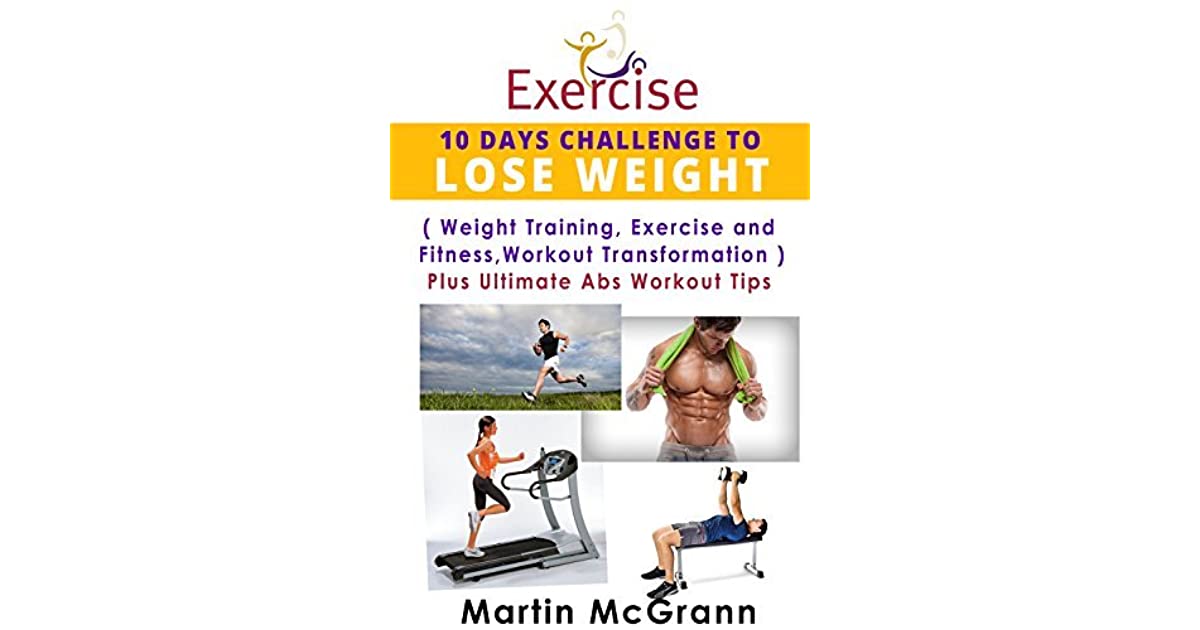
The market for fitness podcasts is expanding rapidly, which means that there is a growing need for a complete audio resource. These podcasts are a great way to keep up-to-date with the latest health and trends. These podcasts cover many topics such as how to lose weight or how to start a business. They can also be used to help you learn about different methods and tools for fitness.
Ben Coomber has been a popular podcast in this field. With a focus on nutrition, exercise, and the human mindset, this podcast has an abundance of knowledge for fitness enthusiasts. The podcast often features interviews and Q&A with guest hosts. This podcast also aims inspire listeners how to get the most from their workouts. It encourages listeners to develop a positive mindset and inspires them to make improvements in their lives, both at the gym and elsewhere.

Bulletproof Movement Podcast is an entertaining podcast that features interviews from top experts in the fields nutrition, sports, and health. Ryan J. Flatherty hosts this show and discusses the latest technologies, health methods, as well as how to increase your performance. Each week, new episodes are added to the bulletproof Movement. The show has almost 500 episodes. This podcast is a great way to learn new ways to get healthy and fit.
The WHOOP Podcast is another podcast for fitness fans. This podcast discusses the benefits and uses of wearable activity trackers. Ben Greenfield is the podcast's founder. He also hosts a podcast about recovery. The host discusses how technology can help you live a better life. This show consists of three episodes, each with an hour-long episode. This is a great show to keep you motivated.
Running, Selfie, Repeat podcast can be a fun way for you to keep fit while on the road. Listen to the episodes while you run, hike, or do other exercise. You'll find the content varied and helpful, regardless of what you are doing. This podcast is a great way for you to stay fit and motivated throughout your daily routine. The podcasts are a great way to keep you motivated during your workouts.

Move Your DNA is another popular fitness podcast. The main topic of the podcast is how to have it all and stay motivated. The host of this podcast is well known as the leader of the 'Movement movement'. The episode focuses on nutrition and fitness but also talks about the health benefits of sleeping. It is a great way of staying motivated regardless of what. It doesn't matter what sport you are into, this podcast can help make your workouts more enjoyable.
FAQ
What is the difference in fat and sugar?
Fat is an energy source that comes directly from food. Sugar is a sweetener found in fruits, vegetables, and other foods. Both fats (and sugars) have the same calories. However, fats contain more than twice as many calories as sugars.
Fats are stored in your body and can cause obesity. They may cause cholesterol buildup and lead to strokes or heart attacks.
Sugars can be quickly absorbed by your body and give you instant energy. This causes blood sugar levels to rise. High blood glucose levels can lead to type II diabetes.
Exercise: Good and bad for immunity?
Exercise is good for your immune system. When you exercise, your body produces white blood cells which fight off infections. Your body also gets rid of toxins. Exercise is a great way to prevent heart disease, cancer, and other diseases. Exercise can help reduce stress.
However, exercising too much can weaken your immune system. When you exercise too hard, your muscles will become sore. This causes inflammation and swelling. Your body will then produce more antibodies in order to fight infections. However, these antibodies can also cause allergic reactions and autoimmune diseases.
So, don't overdo it!
How to measure body fat?
A Body Fat Analyzer is the best way to measure body weight. These devices are used to measure body fat for people who want weight loss.
Statistics
- According to the Physical Activity Guidelines for Americans, we should strive for at least 150 minutes of moderate intensity activity each week (54Trusted Source Smoking, harmful use of drugs, and alcohol abuse can all seriously negatively affect your health. (healthline.com)
- This article received 11 testimonials and 86% of readers who voted found it helpful, earning it our reader-approved status. (wikihow.com)
- According to the 2020 Dietary Guidelines for Americans, a balanced diet high in fruits and vegetables, lean protein, low-fat dairy and whole grains is needed for optimal energy. (mayoclinichealthsystem.org)
- nutrients.[17]X Research sourceWhole grains to try include: 100% whole wheat pasta and bread, brown rice, whole grain oats, farro, millet, quinoa, and barley. (wikihow.com)
External Links
How To
What does "vitamin" actually mean?
Vitamins are organic compounds found naturally in food. Vitamins aid us in absorbing nutrients from the food we eat. The body cannot make vitamins; therefore, they must be obtained from food.
There are two types of vitamins: water soluble and fat soluble. Water-soluble vitamins dissolve in water easily. Some examples include vitamin C,B1 and B2 vitamins (thiamine), B2 and riboflavin, B3 and B6 vitamins (niacin), folic acids, biotin, pantothenic acids, and cholesterol. Fat-soluble vitamins are stored in the liver, fatty tissue and kidneys. Examples include vitamin D, E, K, A, and beta carotene.
Vitamins can be classified by their biological activity. There are eight major types of vitamins:
-
A – Essential for normal growth, and the maintenance of good health.
-
C - vital for proper nerve function, and energy production.
-
D - essential for healthy bones, teeth, and gums.
-
E is required for good vision and reproduction.
-
K - required for healthy muscles and nerves.
-
P - vital for building strong bones andteeth.
-
Q - Aids in digestion and absorption.
-
R - Required for red blood cell production
The recommended daily allowance (RDA) of vitamins varies depending on age, gender, and physical condition. RDA values are set by the U.S. Food and Drug Administration (FDA).
For example, the RDA for vitamin A is 400 micrograms per dayfor adults 19 years or older. Because it is essential for the development of the fetus, pregnant women should consume 600 micrograms per daily. Children ages 1-8 require 900 micrograms per day. Infants below one year old require 700mg per day. But, between 9 months to 12 months, the amount drops to 500mg per day.
Children aged 1-18 years need 800 micrograms daily, while children overweight require 1000 micrograms per days. Children who are severely obese or underweight will need 1200 micrograms each day.
Children 4-8 years old who have anemia must consume 2200 micrograms of Vitamin C daily.
Adults over 50 years of age need 2000 micrograms per day for general health. Women who are pregnant or breastfeeding need 3000 micrograms per day due to increased nutrient requirements.
1500 micrograms is the recommended daily intake for adults aged 70+, who lose approximately 10% of muscle each year.
Women who are pregnant, nursing or breastfeeding need more than the RDA. Pregnant women need 4000 micrograms per dayduring pregnancy and 2500 micrograms per day after delivery. Breastfeeding moms need 5000 micrograms each day when breastmilk production occurs.